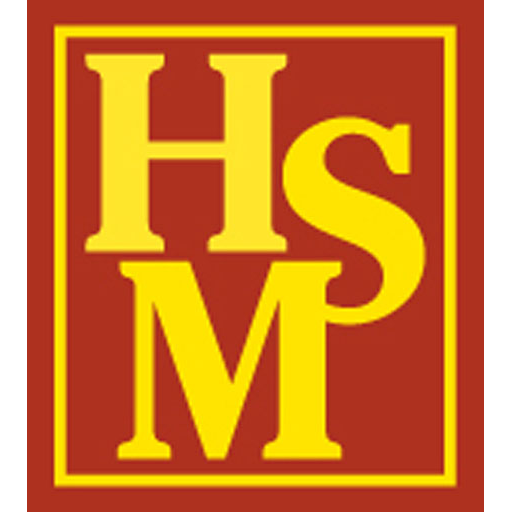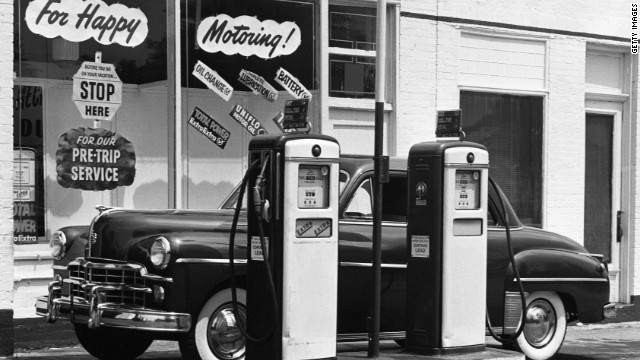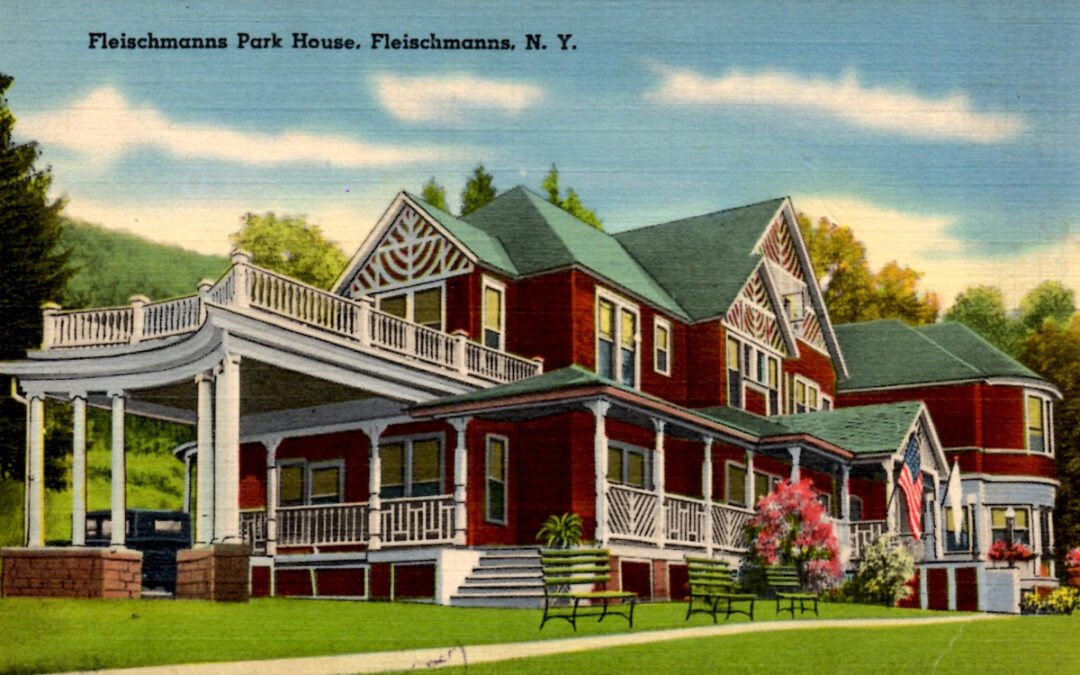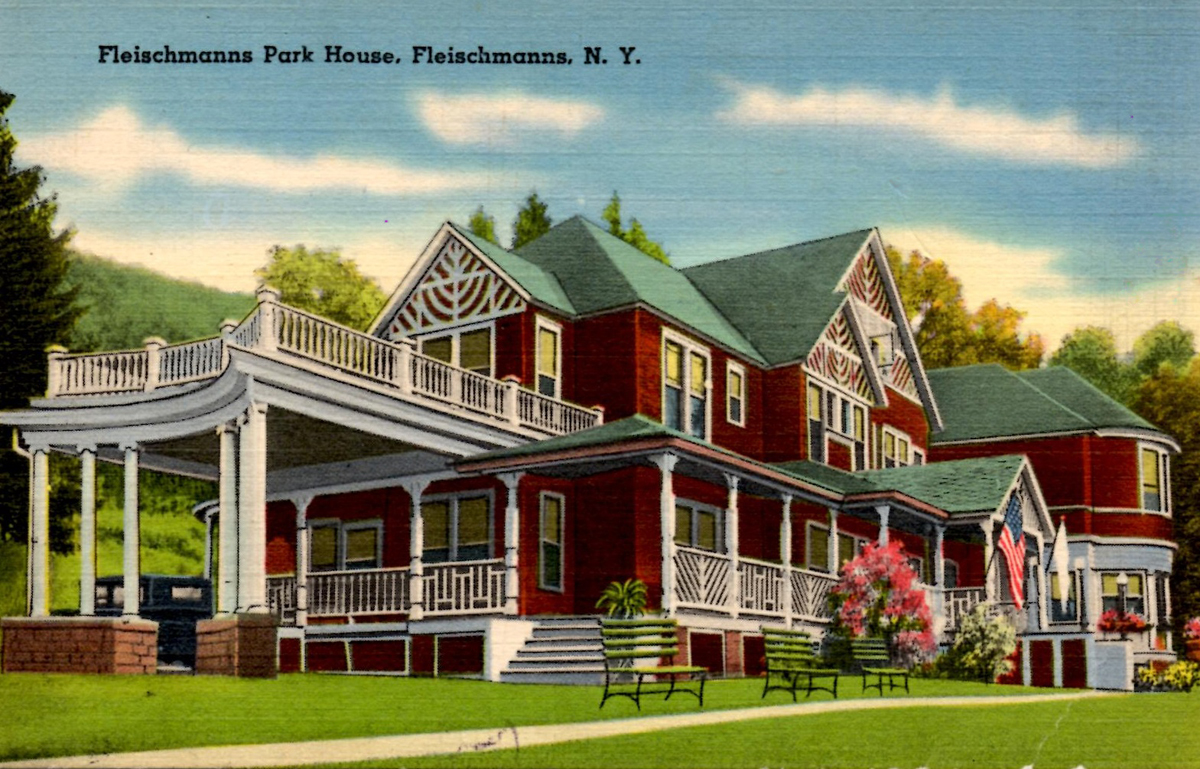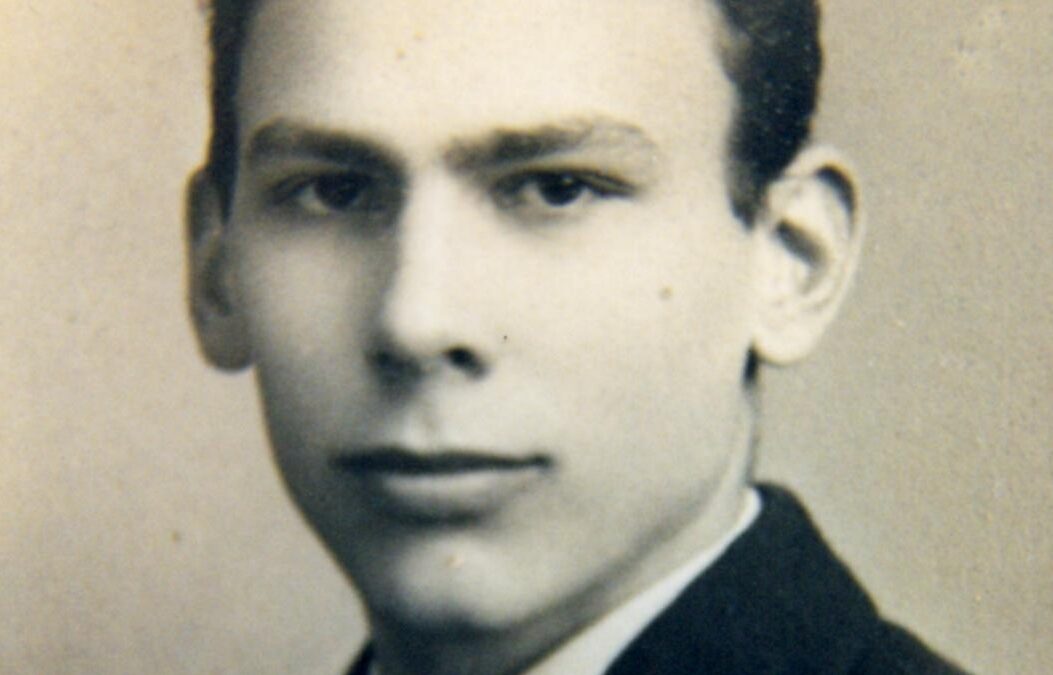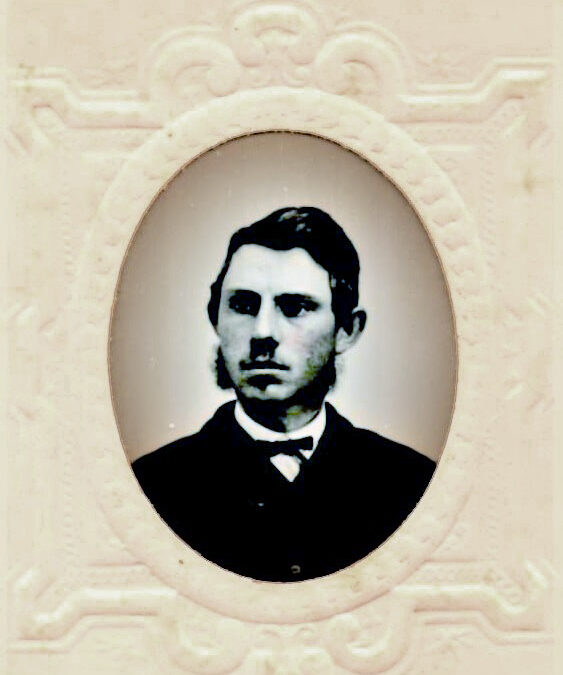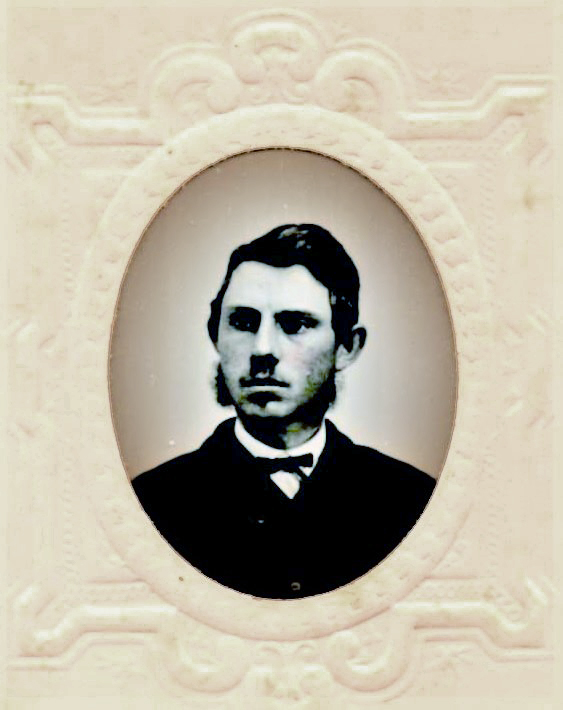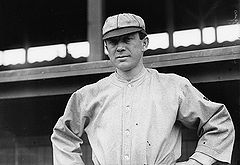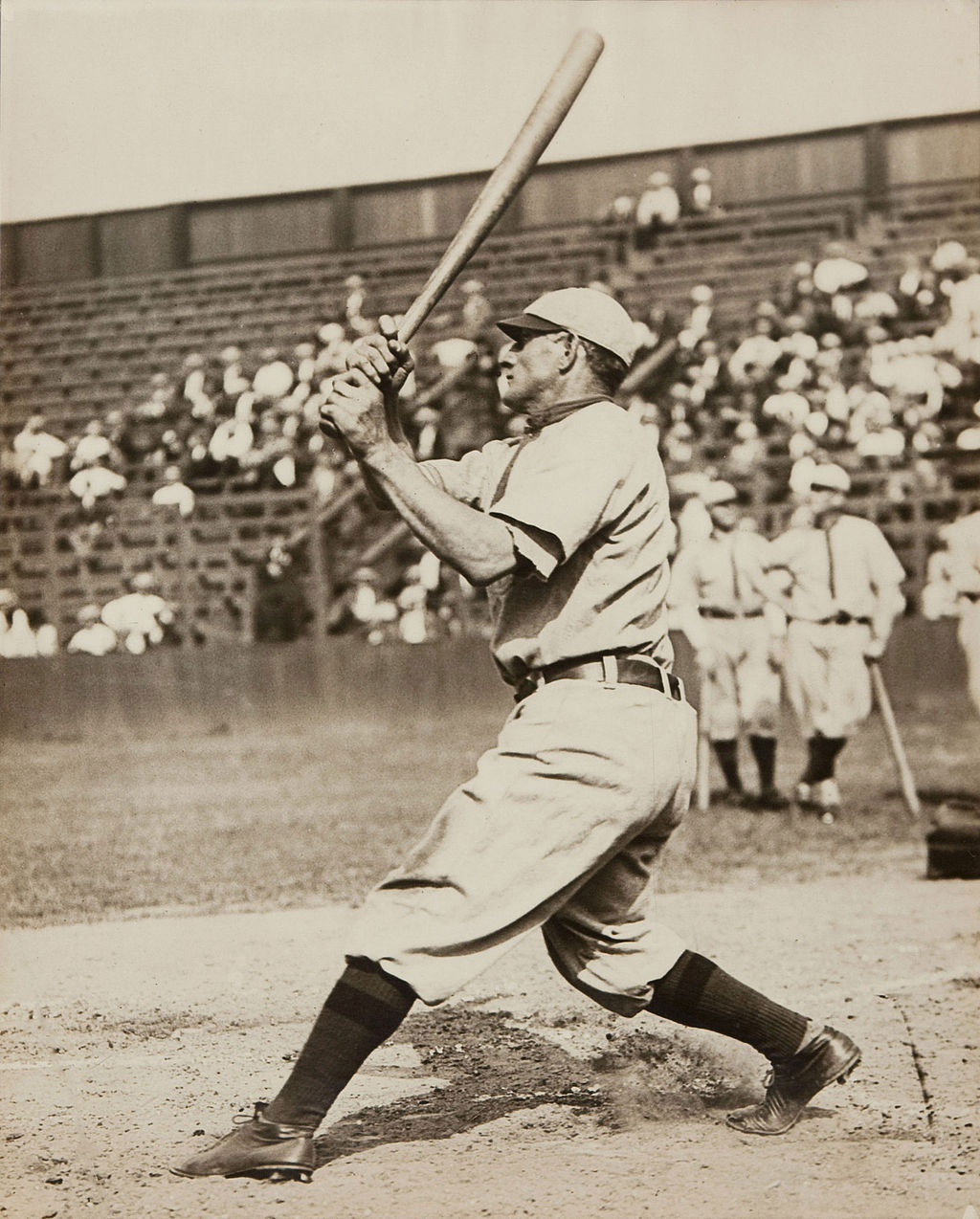The day after Thanksgiving
This interesting article was taken from the Delaware Gazette, Nov. 16, 1825. Except for the Thanksgiving balls, it all sounds so familiar . . .
The editor of the Connecticut Mirror makes the following remarks, introductory to the Proclamation of Gov. Clinton, setting apart he 24th of Nov, inst. as a day of Public Thanksgiving:
Thanksgiving. It must be gratifying to the many New-England people in the state of New York, to find this good old custom of their ancestors followed so reverently by the authority of the good people of that state. Governor Clinton has recommended the observance of Thursday, the 24th of Nov. next, (the same day appointed in most the New England states,) as a day of public prayer and thanksgiving. All servile labour and vain recreation, to use an old joke, seem in that state to be by law forgiven and to tell the truth, such is the practical construction put on our own proclamations, by very many nearer home. With us there is another festival that has never been mentioned by any descriptive writer within our reading— It is thoroughly observed in all the country towns the day after thanksgiving.
The exercises consist of widely different amusements, to suit all kinds of folks. In shooting turkies and hens, visiting the neighbors, and taking a near view of the eclipsed luxuries of the day before. A pumpkin pie, that on thanksgiving day seemed like the sun, has now the appearance of a waned moon, with a penumbra of bottom crust worth looking at; and he who compared the constellations to bears and eagles etc. would need all his ingenuity in discovering the resemblance of a goose or a chicken to the bones before him.
The ladies are allowed to sit up rather later with their sparks, and the little boys, if there be safe ice in the neighborhood, may skate till 9 o’clock. This is the night for Thanksgiving balls, in the villages around, and many a ticket has been printed here with always a verse to it, sometimes written by the managers, and occasionally, by way of compliment we presume, left to be supplied by the taste and invention of the Editor.
If this seems trifling to the younger part of the community, be it known that on the day we speak of their parents send from their abundance to their poor neighbors. Clothes and quarters of beef and pork, wood, school books for their children, and dozens of other charities are bestowed to suit the wants of the poor in the coming winter. The farmers vie with each other in getting the best cord of walnut for their minister, and the richest Squire sends him the fattest turkey. The minister’s wife too is remembered, and a tribute of yarn, and other domestic comforts, is paid to show the acknowledgment to her husband for the patriotic sermon that he preached about their forefathers the day before.
There is something to smile about in thinking of the day after Thanksgiving. But there is much which excites the deepest and tenderest feelings that a Yankee possesses.
